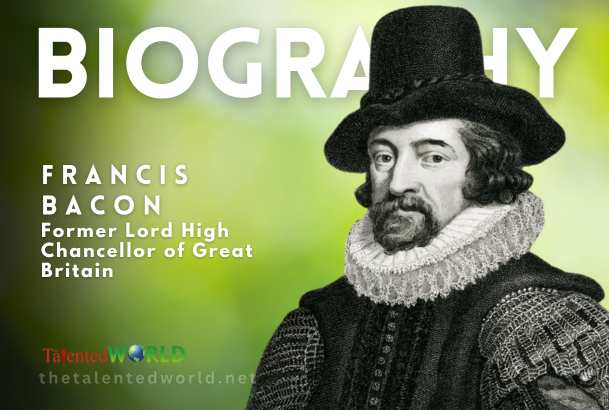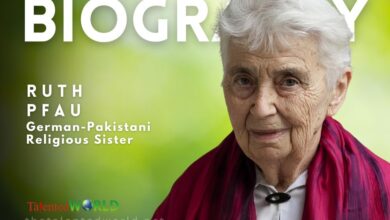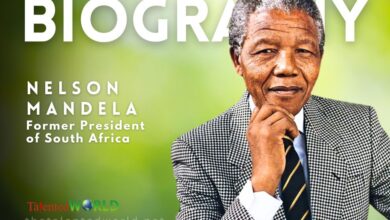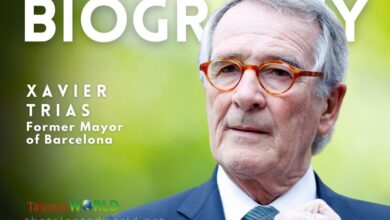| Full Name | Francis Bacon, 1st Viscount St Alban |
| Other Names | Lord Verulam |
| Titles | The Right Honourable, The Viscount St Alban, PC |
| Office | Lord High Chancellor of England |
| Term as Lord High Chancellor | 7 March 1617 – 3 May 1621 |
| Monarch During Term | James I |
| Preceded by | Sir Thomas Egerton |
| Succeeded by | John Williams |
| Previous Office | Attorney General of England and Wales |
| Term as Attorney General | 26 October 1613 – 7 March 1617 |
| Monarch During Attorney General Term | James I |
| Preceded by (Attorney General) | Sir Henry Hobart |
| Succeeded by (Attorney General) | Sir Henry Yelverton |
| Birth | 22 January 1561, The Strand, London, England |
| Death | 9 April 1626 (aged 65), Highgate, Middlesex, England |
| Resting Place | St Michael’s Church, St Albans |
| Spouse | Alice Barnham (m. 1604) |
| Parents | Sir Nicholas Bacon (father), Lady Anne Bacon (mother) |
| Education | Trinity College, Cambridge; Gray’s Inn |
| Notable Works | Works by Francis Bacon, Novum Organum |
| Era | Renaissance philosophy, 17th-century philosophy |
| Region | Western philosophy |
| School | Empiricism |
| Main Interests | Natural philosophy, Philosophical logic |
| Notable Ideas | Scientific method based on inductive reasoning, skepticism |
| Contributions | Advancement of natural philosophy, promotion of scientific experimentation |
| Patronage | Patron of libraries, developed a system for cataloguing books |
| Famous Quote | “Some books are to be tasted; others swallowed; and some few to be chewed and digested.” |
| Shakespearean Authorship Thesis | A fringe theory suggesting Bacon wrote some or all of the plays attributed to William Shakespeare |
| Honors | First recipient of Queen’s counsel designation (1597), knighted by James I, created Baron Verulam (1618), created Viscount St Alban (1621) |
| Death Cause | Pneumonia |
| Burial Place | St Michael’s Church, St Albans, Hertfordshire |






